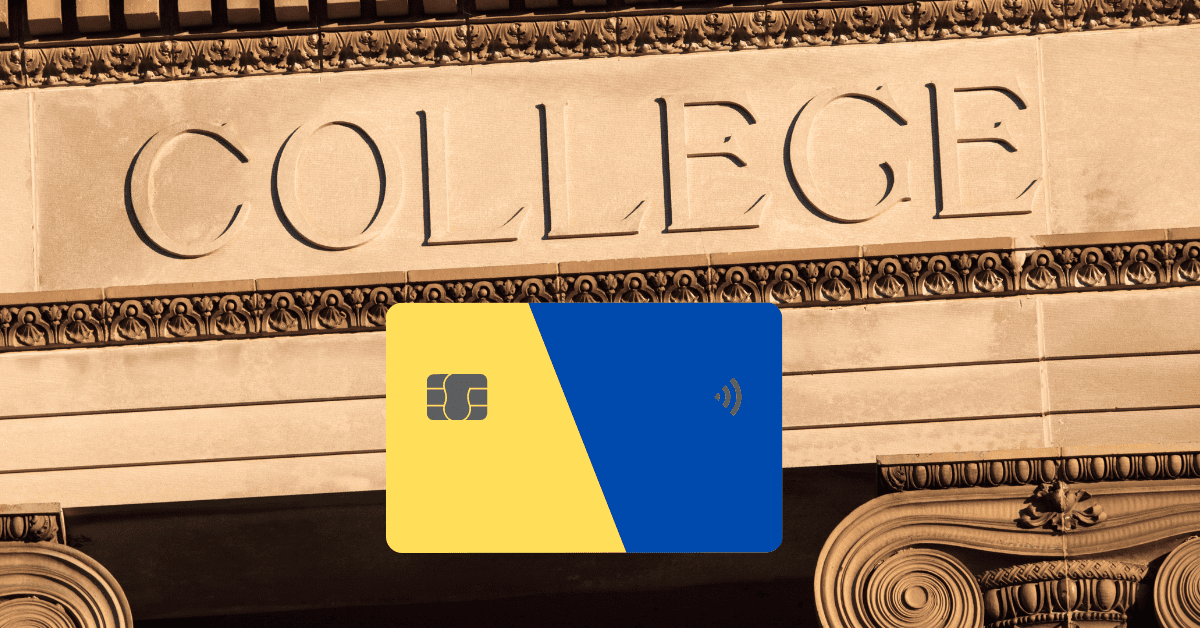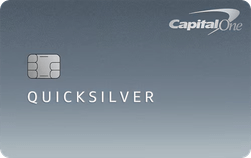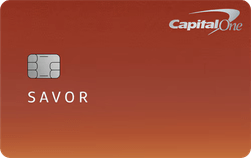Best Credit Cards for College Students to Build Credit (No Credit History)
Compare the top student credit cards of 2025 that actually approve first-timers—and help you hit 700+ by graduation.

Building credit in college feels like trying to get a job without experience—you need a score to qualify, but you need a card to build that score. Luckily, some credit cards are specifically designed for students who are just getting started. And in 2025, a few standout options make that journey a lot easier.
This isn’t just a card list. We’ll walk you through how approvals really work when you have no score, which cards are built for students from the ground up, and how to turn that starter card into a 700+ score before graduation.
Step 1: Understand How Student Card Approvals Actually Work
If you’ve never had a loan or credit card, you’re considered a "thin file" or "no file" applicant. But that doesn’t mean you're out of luck—student cards use alternative data to help get you in the door.
A few key things help:
- Use pre-qualification tools: Soft pull tools like CardMatch let you check potential offers without affecting your credit. No surprises.
- Report your income (yes, even part-time counts): Internships, work-study, freelance gigs, or scholarship stipends can all show you have the means to pay.
- Start a banking relationship: Some cards, like the Chase Freedom Rise®, give better approval odds if you already bank with them. Holding at least $250 in a Chase checking account before applying can move the needle.
- Don’t over-apply: Every hard inquiry matters more when you’re starting out. Apply for one card you’re confident in, not a bunch hoping one sticks.
Step 2: Pick a Card Designed for Students with No Credit
A good student card should hit a few benchmarks: no annual fee, nationwide availability, real rewards, and most importantly, a willingness to approve newcomers. Here are a few standouts in 2025:
Chase Freedom Rise®
- 1.5% Cash Back on all purchases
- No credit history required
- Having a Chase checking account with $250+ helps approval odds
- Automatically becomes a Chase Freedom Unlimited® after a year of on-time payments
Capital One Quicksilver Student Cash Rewards Credit Card
- 1.5% Cash Back on everything
- 5% Cash Back on hotels and rental cars booked through Capital One Travel
- No foreign transaction fees (great if you’re traveling or studying abroad)
 Capital One Quicksilver Student Cash Rewards Credit Card
Capital One Quicksilver Student Cash Rewards Credit CardAnnual fee: $0
Sebby's Take: Designed for students, this card earns unlimited 1.5% cash back on all purchases with no annual fee. It’s a strong starter pick for building credit while earning simple, consistent rewards.
Sebby's Take: Designed for students, this card earns unlimited 1.5% cash back on all purchases with no annual fee. It’s a strong starter pick for building credit while earning simple, consistent rewards.
Capital One Savor Student Cash Rewards Credit Card
- 3% Cash Back on dining, entertainment, streaming, and grocery stores (excluding superstores like Walmart® and Target®)
- 8% Cash Back on Capital One Entertainment purchases
- 5% Cash Back on hotels and rental cars booked through Capital One Travel
- No annual or foreign transaction fees
- One of the most real-world-usable student cards if you spend socially
 Capital One Savor Student Cash Rewards Credit Card
Capital One Savor Student Cash Rewards Credit CardAnnual fee: $0
Sebby's Take: Earn elevated cash back on dining, entertainment, and grocery store purchases, making it ideal for campus life and nights out. With no annual fee, it’s a rewarding way to build credit while spending on everyday experiences.
Sebby's Take: Earn elevated cash back on dining, entertainment, and grocery store purchases, making it ideal for campus life and nights out. With no annual fee, it’s a rewarding way to build credit while spending on everyday experiences.
Step 3: Turn That Card Into a 700+ Credit Score
Getting approved is just the start. Building credit is all about consistency and utilization.
Here’s the exact game plan:
- Use it sparingly: Put a predictable bill or two (like your phone or Netflix) on the card to keep utilization low—ideally under 10%.
- Pay it off every month: You don’t need to carry a balance to build credit. That’s a myth. Always pay in full.
- Set autopay: One late payment can tank your score, especially early on. Set up autopay and reminders from day one.
- Check your score quarterly: Tools like Capital One CreditWise or Chase Credit Journey help you track progress for free.
- Add a second no-fee card after 6–12 months: This boosts your overall credit limit and strengthens your file. Ideally, choose a card that complements your first (flat-rate + category).
By your junior or senior year, you’ll be in great shape to upgrade to cards with premium rewards, travel perks, and higher limits.
Why This Matters
College is the perfect time to lay the foundation for your financial future. A single student card, used smartly, can unlock better apartment approvals, lower auto insurance premiums, and premium credit cards when you're ready for travel or cashback.
All without ever paying interest or fees.
Final Thoughts
Starting with no credit can feel intimidating, but the right student card makes it simple. Choose one that fits your lifestyle, use it consistently, and build habits now that your future self will thank you for.
Frequently Asked Questions (FAQ)
Can I get a credit card as a college student with no credit?
Yes. Several cards are specifically designed for students with no credit history. These cards typically use alternate underwriting—like income, school enrollment, or existing bank relationships—to evaluate your application. Options like the Chase Freedom Rise® and Capital One student cards are built for first-timers.
Do I need a job to get a student credit card?
You don’t need a full-time job, but issuers are required to evaluate your ability to repay. That can include:
- Part-time or freelance income
- Paid internships
- Scholarships or grants (depending on how they’re structured)
Just be honest when reporting income on your application.
How long does it take to build credit as a student?
If you use your first card responsibly—keeping balances low and making on-time payments—you can start building a FICO score within 3 to 6 months. Most students can reach a 700+ score in 12 to 18 months with consistent use.
Should I get more than one student card?
Start with one. After 6 to 12 months of on-time payments, you can consider adding a second no-fee card to increase your available credit and boost your score further. Just don’t apply for multiple cards at once, especially with no credit history.
Do these cards upgrade after college?
Yes—many of the cards listed have built-in upgrade paths. For example:
- Chase Freedom Rise® can be automatically upgraded to Chase Freedom Unlimited® after 12 months of on-time payments.
- Capital One Quicksilver Student and Capital One Savor Student Cash Rewards Credit Card can graduate to the standard Capital One Quicksilver Cash Rewards Credit Card or Capital One Savor Cash Rewards Credit Card cards later on.
Will using a student card help me rent an apartment or lease a car?
Yes. Your credit score is used in rental applications, car leases, phone plans, and even some job screenings. Building credit early gives you more flexibility and better rates after graduation.
💳 Featured Card Offers

Earn a $50 cash bonus

Earn a $50 Cash Bonus
In this article
- Step 1: Understand How Student Card Approvals Actually Work
- Step 2: Pick a Card Designed for Students with No Credit
- Step 3: Turn That Card Into a 700+ Credit Score
- Why This Matters
- Final Thoughts
- Frequently Asked Questions (FAQ)
💳 Featured Card Offers

Earn a $50 cash bonus

Earn a $50 Cash Bonus